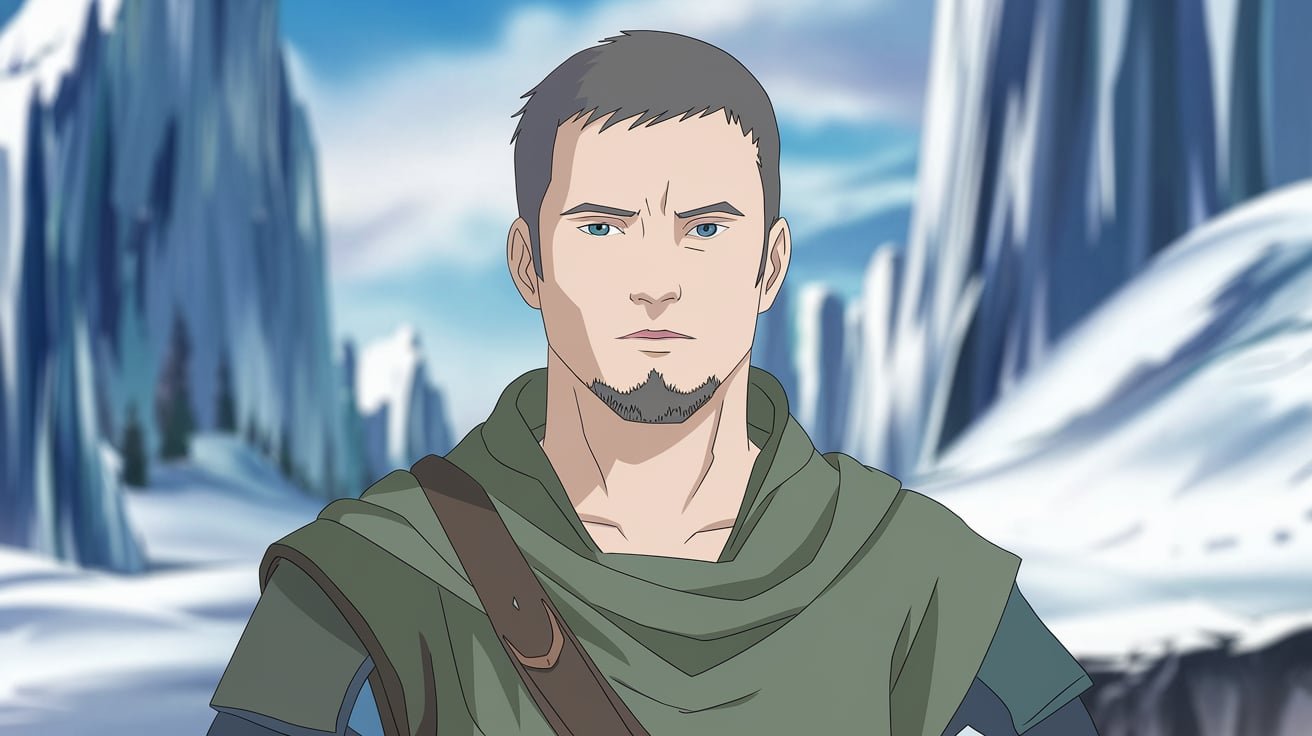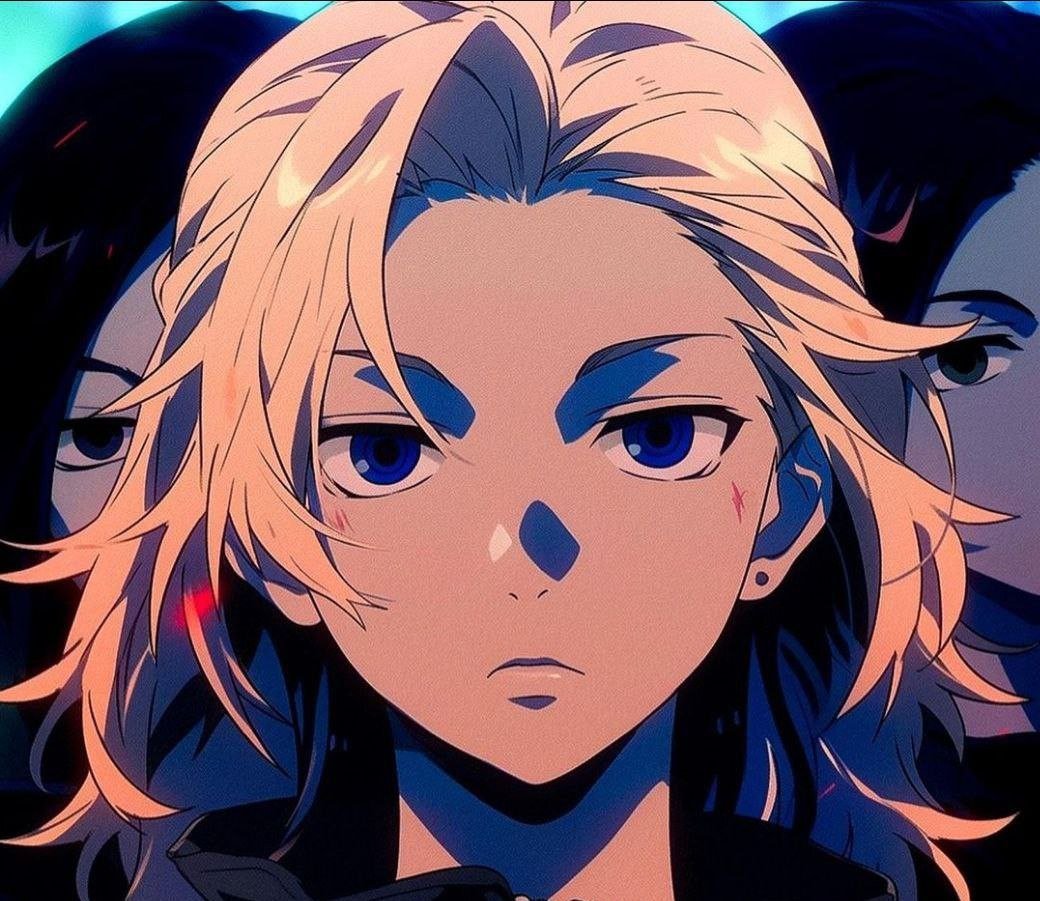Table of Contents
Introduction to Vinland Saga Season 1
Vinland Saga Season 1 is an intriguing anime television series that has captured the attention of viewers since its premiere. Adapted from the critically acclaimed manga created by Makoto Yukimura, the series offers a rich narrative steeped in historical events and themes of revenge, exploration, and personal growth. Originally serialized in 2005, the manga laid the groundwork for what would later be recognized as a significant cultural work, blending Norse history with fictional storytelling.
The announcement of the anime adaptation by Wit Studio garnered considerable excitement within the anime community. Wit Studio, renowned for their remarkable animation quality, introduced a captivating visual style that enhances the storytelling. The animation technique employed in Vinland Saga Season 1 has been praised for its fluidity and dynamic action sequences, which bring the intense battles and emotional moments to life. This artistic approach not only presents the raw brutality of the Viking era but also highlights the inner conflicts of the characters in a vivid manner.
Central to the narrative is Thorfinn, the son of a legendary Viking warrior, who embarks on a journey of vengeance following his father’s assassination. Through his quest, viewers are introduced to a range of complex characters, each embodying different aspects of Viking culture and philosophy. As the story unfolds, themes of honor, survival, and transformation become prominent, encouraging viewers to reflect on the nature of revenge and personal redemption. The release of Vinland Saga Season 1 was a pivotal moment for anime fans, as it not only showcased excellent storytelling but also brought a unique perspective on historical events. With its gripping plot and formidable character arcs, the series set the stage for continuous viewer engagement as new episodes released weekly.
Thorfinn’s Journey: From Aspiration to Revenge
In Vinland Saga Season 1, Thorfinn is introduced as a young Icelandic villager, a boy filled with dreams of emulating his father, Thors, a revered warrior known for his strength and integrity. Thorfinn’s early life is marked by innocent aspirations of becoming a formidable fighter, idolizing his father’s legendary status and the adventurous life that comes with it. This backdrop sets the stage for a tale that intertwines ambition and vengeance, ultimately crystallizing the complex fabric of Thorfinn’s character.
The narrative takes a sharp turn when Thorfinn’s idyllic childhood is shattered by the brutal realities of Viking life. Following the tragic death of his father—betrayed by Askeladd, a cunning warrior leader—Thorfinn’s aspirations are replaced with a singular quest for revenge. This pivotal moment is significant as it not only fuels his transformation into a vengeful fighter but also serves as a catalyst for his internal struggle. Thorfinn’s youthful dreams are replaced by the heavy burden of hate, as he dedicates himself to seeking out Askeladd and avenging his father’s death.
Throughout Vinland Saga Season 1, Thorfinn’s journey is characterized by relentless conflict and moral ambiguity. His experiences on the battlefield, coupled with the harsh lessons imparted by life, force him to confront the consequences of his actions. As he navigates the turbulent waters of loyalty, vengeance, and survival, the essence of who he is becomes increasingly complicated. Not only does he grapple with the thirst for bloodshed, but he also faces the fundamental question of what it truly means to be a warrior. Through these experiences, Thorfinn evolves from an aspiring hero into a figure engulfed by the darkness of revenge, setting the stage for profound character development in subsequent arcs. In summary, Thorfinn’s journey in Vinland Saga Season 1 is a compelling exploration of the fine line between aspiration and vengeance, enriched by the brutal realities of the Viking age.
Production Details and Reception
Vinland Saga Season 1, directed by Shūhei Yabuta, has garnered significant attention for its meticulous production values and storytelling depth. Yabuta, known for his adept handling of high-stakes narratives, successfully translated Makoto Yukimura’s manga into a compelling animated format. His direction emphasizes the raw emotional struggles of the characters, particularly Thorfinn, as he embodies the themes of revenge and personal transformation. The animation quality, combined with the pacing of the episodes, enhances the immersive experience, pulling viewers into the brutal yet beautiful Viking world.
The character design, executed by Takahiko Abiru, aligns perfectly with the series’ tone and setting. Abiru’s designs are notable for their attention to historical accuracy while maintaining a vibrant and engaging aesthetic that appeals to both anime enthusiasts and newcomers. His portrayal of distinct facial features and expressions contributes significantly to character development, allowing audiences to connect emotionally with the journey of each character, particularly Thorfinn and Askeladd.
Music composition by Yutaka Yamada further elevates Vinland Saga. The score adds depth to the narrative, evoking a range of emotions that resonate during pivotal moments throughout the season. Yamada’s orchestral arrangements, coupled with haunting melodies, create an auditory backdrop that complements the intense visual storytelling.
The reception of Vinland Saga Season 1 has been overwhelmingly positive, with critics praising its animation quality, engaging storytelling, and well-rounded character arcs. Viewers on various streaming platforms, including Amazon and Netflix, have engaged with the series extensively, providing feedback that highlights its ability to hold attention and provoke thought. The combination of stellar direction, character design, and music has solidified Vinland Saga’s place in modern anime, making it a must-watch for fans of the genre and storytelling alike.
Setting the Stage for Season 2: A Shift in Thorfinn’s Ideals
As Vinland Saga Season 1 draws to a close, viewers are left contemplating the profound transformation that Thorfinn, the protagonist, has undergone throughout his journey. Initially driven by a thirst for revenge against Askeladd, who was responsible for the death of his father, Thorfinn’s character arc reflects a deep introspection that sets the stage for significant developments in Season 2. By the end of the first season, Thorfinn’s ideals begin to shift, moving away from the singular pursuit of vengeance towards a complex understanding of his identity and place in the world.
The narrative presents various unresolved elements that compel audiences to reflect on Thorfinn’s motivations and desires. Amidst the backdrop of political intrigue, battle, and survival, he grapples with the moral implications of his actions. As viewers witness this internal struggle, it becomes evident that the passage of time deeply impacts Thorfinn’s character development. Through the experiences he endures, whether through the violent exploits of Viking life or the relationships he forges, the evolution of his ideals paves the way for intriguing possibilities in the next season.
This metamorphosis is vital not only for Thorfinn’s individual narrative but also for the overarching story of Vinland Saga. The anticipation leading into Season 2 centers around how Thorfinn’s new perspective will affect his relationships with other characters, such as Einar and Askeladd, and how it might challenge or complement the existing dynamics. With the focus on themes of redemption, growth, and the quest for a definitive purpose, fans can expect a richly layered narrative that explores the complexity of Thorfinn’s path forward. As the story unfolds, it will be fascinating to witness how these shifts in ideals contribute to a more nuanced portrayal of revenge, peace, and the true meaning of strength in Vinland Saga Season 1 and beyond.





